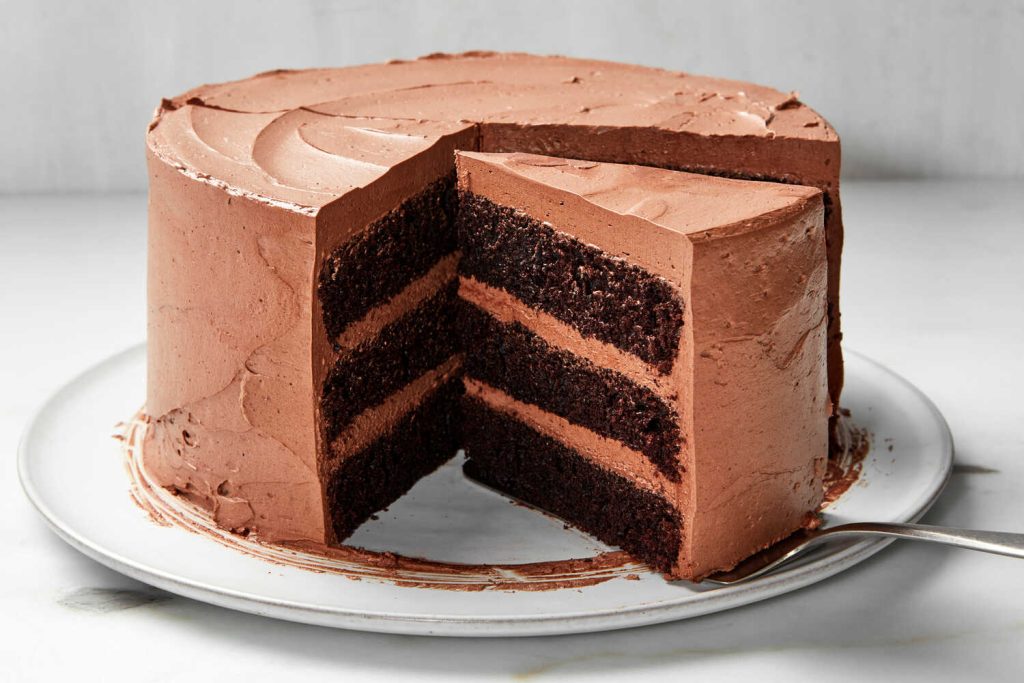If you love to bake and are interested in turning your passion into profit, you might be interested in starting and running a bakery business out of your home. In this article, we look at what you need to start an in-home baking business, the steps you will need to follow to create your business and tips on how to help your baking business grow.
What you should know before starting a baking business in your home
To begin selling baked goods from home, you need to do some research. Here is a list of things you need to know:
- How to bake: This is the obvious first step for being a successful bakery owner. You will need the skills and experience necessary to create several quality baked goods before you can consider selling them.
- How to prepare large quantities: Knowing how to bake a batch of cookies for your friends is a great skill, but to own a bakery, you will also need to know how to make large batches of goods to keep up with your demand and also how to store them properly so they stay fresh.
- How to find quality ingredients: If you plan to run a profitable business, you will need to know the best and cheapest places to buy your ingredients. Farmer’s markets and wholesale food providers are good options for quality ingredients at low prices.
- How to stand out: What makes your products different from your competitors’ products? Are they gluten free? Unusually decorated? Made with non-GMO ingredients? Whatever your selling point is, find something that will make your goods more appealing than other bakers’ products.
- Which baked goods will sell: Do your research and see what types of baked items are trending. Is there a hole in your local market for cookies, cakes, muffins, artisan breads or cupcakes? What about dog biscuits? Chocolate can be the ultimate crowd pleaser, but perhaps more interesting or seasonal flavors will appeal to your target audience.
If you have done your research and have the necessary skills, you are ready to start your home bakery business.
How to start a bakery business from home
Starting a small business will take time and effort, but the results can be profitable and very rewarding. Here are the steps to start a bakery business in your home:
1. Find out your state’s requirements for home businesses
All states have regulations called “cottage food laws” that regulate how you make and sell food from within your home. These laws make sure that your cooking facilities, equipment and ingredients all meet certain standards. These laws protect you and your customers, so you will want to take them seriously and research your local regulations thoroughly.
2. Obtain your licenses and permits
The next step is to contact your city or country government officials and apply for some necessary licenses and permits. Depending on your state, this may include:
- A business registration
- A sales privilege license
- Food and safety certification
- Health inspection certificate
- Zoning permit
Before you get overwhelmed, remember that the particular requirements vary by state. Search the internet or call your local government office to find which of these licenses and permits are necessary for your business.
You will also need to find out if your state requires you to collect sales or food tax on your products. Meeting these requirements may take a little time, but they are necessary if you want to run a compliant and successful business.
3. Write a business plan
Now you can start creating an actionable business plan. This plan should outline your goals for the business, estimate your startup costs and anticipated profits and provide a projected schedule for the first few months and years. A thorough business plan will include:
- What you intend to sell
- Your intended market
- Your startup costs and budget
- How much you will charge for your products
- Your marketing strategy
- Your goals for the upcoming weeks, months and years
This business plan will help you organize your ideas, identify obstacles and come up with solutions for problems. This plan can also help you if you are searching for investors and applying for small business loans. A business plan shows that you are organized and are committed to making your dream a reality.
4. Decide on a menu
If you have been thinking about starting a baking business for some time, you probably already have an idea of what you want to make. If you are a skilled baker, you might have experience making special cakes, breads or muffins and plenty of other kinds of goods, but you will want to start your business with a fairly limited menu.
Begin by choosing generally well-liked goods, which appeal to a large audience. Then decide on two or three flavor or decoration variations, so that you can easily keep up with your level of demand. As your number of clients increases and your profits go up, you can expand your menu to start attracting a different set of customers.
5. Purchase equipment and ingredients
After you have planned out your budget, you are ready to buy your baking equipment and ingredients. Some states will require you to have a separate set of baking tools that are used only for the food you plan to sell. This includes bowls, utensils, appliances and storage containers. Other states require you to have a completely separate oven, refrigerator or entire kitchen. Some research will help you know exactly what materials you will need to buy to keep your business up to code.
After you buy your equipment, you will need to acquire ingredients. To keep your costs down, you will want to seek out local farmer’s markets and wholesale food vendors who sell quality ingredients for low prices. You might also be able to buy a variety of supplies in bulk online.
Keeping your business supplies separate from your personal items is required in some areas, but it can also be beneficial for any home baker. It can help you keep track of which items fall under your small business expenses, which will be helpful to know during tax season.
6. Decide on and order packaging materials
How you choose to package and deliver your baked goods is an important thing to consider at this stage of your process. You will need to find out the prices for different types of labels and wrapping materials, including tape, ribbon or foil. There are many ways to keep your packaging costs down, including wrapping multiple items in a single package, buying your materials in bulk and keeping decorations relatively simple.
You will also need to consider if you plan to deliver your items yourself or if you want to ship. them. Each method has its pros and cons. If you are selling your items online, you will need to find out how to send items through the mail without damaging them, but this can also greatly increase your customer base. If you are delivering locally, you will need to add travel costs to your budget, but you also will not have to worry about items breaking.
7. Market and sell your goods
Finally, you will need to identify your target audience and decide how to market to them. You can enlist your friends and family to share the news about your business with others in your community. You can post advertisements in local businesses or include discounts for anyone who refers a friend. You also can grow your customer base significantly by starting a social media account and posting updates, special promotions, recipes with mouthwatering photos and questions to your audience about baked goods to encourage interaction.
You may be able to sell your items using your connections in the community. Consider selling items to schools for their bake sales, providing goods for local restaurants to serve or asking local business owners to feature your products in their stores. Many people are more than happy to specifically buy products to support small business owners, so it never hurts to ask.


